Raag Gujri |
|
Raag Gujri is the 5th Raag to appear in the raag wise collection of Shabads in Sri Guru Granth Sahib Ji. It is an ancient raag and is referred as Raag Gujri Todi in Hindustani Classical Music. In Sri Guru Granth Sahib hymns composed in this raag are on pages 489-526 (37pages). It is considered as a day time raag. |
| In this raag Pancham is varjit and Rishab, Gandhar and Dhaivat are komal surs. Madhyam is teevra. Jatti: Sharav Sharav. Thaat: Todi |
|
|||||||||||||||||||
| Illustration of Raag Gujri: |
| Dilruba: |
|






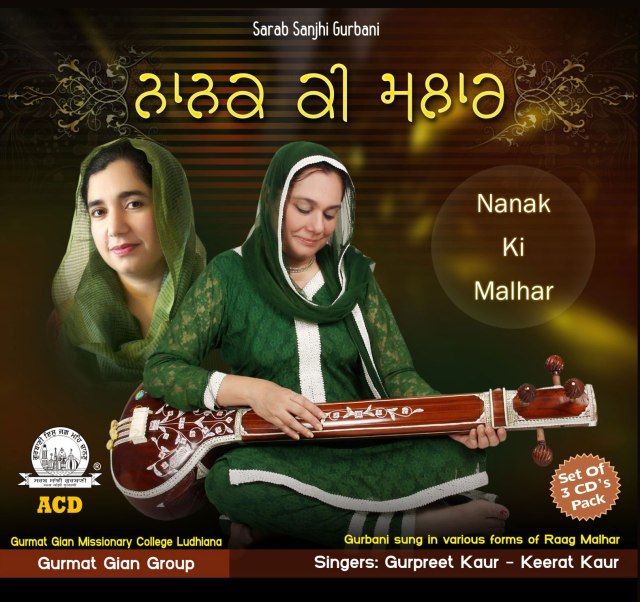
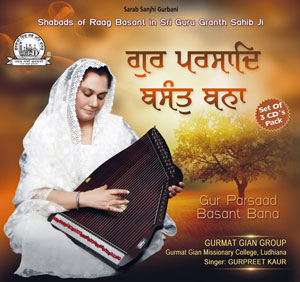



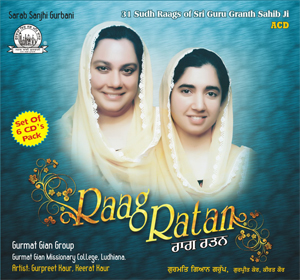


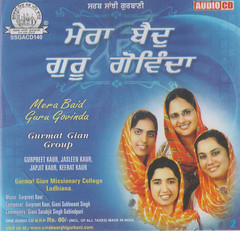
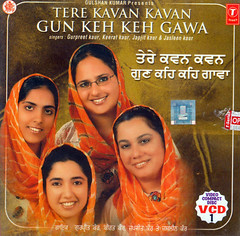




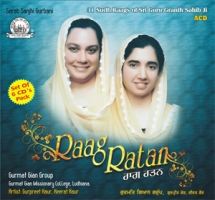
Pingback: Maere Bhai Jana Moko Govind Govind | Gurmat Gian Group's Blog
Pingback: Poota Maata Kee Asees .. Raag Gujri .. ਪੂਤਾ ਮਾਤਾ ਕੀ ਆਸੀਸ | Gurmat Gian Group's Blog
truly anahad nad would like to know if there are books on learning gurbani raagas and could you recommend me a good book to learn about sikh ragas and gurbani keertan thanks for the wonderful music
Jaideep ji, thanks for being here and for liking Gurbani singing. There is a book ‘Sur Simran Sangeet’ by Sant Sarwan Singh Gandharv it is in 7 vol. It has lot of information on both Gurmat samgeet raags as well as those of Hindustani Classical Music.
thank you so much maam but i just wanted to know if a student can learn to sing these ragas and gurbani sangeet from the book that you have mentioned “sur simran sangeet”
satnam
It all depends, if your basics are strong. In music, books are helpful if one is already familiar with the language of music. Vocal music is a very practical oriented subject. Sur rayaz is pillar on which one has to develop one’s singing. If you are new to music get hold of some teacher. Teacher can just guide you, but you have to put in hours of riyaz. Good Luck.
thank you so much maam for your guidance and your music which is sooo sooo inspiring………….
maam when a raag is sung is it the pakad or arov or avroh or all three? what is sung during alaap and what is sur vistaar? and while singing a shabad in a raag what is kept in mind? satnam
Jaideep, Aroh & Avroh define the raag and by pakar we recognize the raag. When we sing a raag all the three come into focus. During Alaap, mostly aroh & avroh which show the surs used in the raag are sung in the alaap. Sur vistar is another form of alaap which uses mostly the vadi & samvadi and niyas swars used in the raag.
maam while putting a shabad to a rag that is to decide a tune for the shabad in a rag what all is kept in mind? for example if aroh of a rag is s g m p n s” and avroh is s” n dh p m g r s can r be used in sthai after s that is while ascending can r be used as r does not figure in aroh or only while descending can it be used ? and what role does pakad and vadi play in deciding a tune for a shabad in a particular rag? thanking you,
your student jaideep
As per this aroh, you can not use ‘r’ on ascending in your tune, can use it on descending.
Vadi sur is the king of the raag and this sur has to be given more stress while composing. the tune. Pakar is the ‘pehchan’ or image of the raag. It has to be used while composing.
Good Luck.
thank you ma’am so does that mean in raga bhairo while ascending R can’t be used but while descending only R komal can be used so ma’am can the following notes be used in compliance with raga bhairo S” N D komal D komal N S” G M D komal Dkomal p G M R komal R komal G can such notes be used ? thank you
In Bhairo, the jatti is Sampooran Sampooran. It means all the surs on ascending & all in descending.
thank you so much maam ……………
satnam maam i wanted to ask you what is the best way to gain an intuitive understanding and a close connection with the raagas? i have been practising sri rag and bhairo by repeating their pakads and play them on my mouthorgan and find your instructional site truly blissful. maam what else should i inculcate in my music practice to gain the wisdom and essence of the beautiful ragas of the sri guru granth sahib ji ? thanking you for your guidance and inspiration and your gracefully spontaneous replies.
To get into any raag, try to master some composition in that raag. Sing it or play it. Do it more and more till you have it on your tips. Try to copy the small harkats of that tune. You should recognize the surs in that tune. Keep playing with surs of that raag. I have sung in all the 31 Sudh raags in Sri Guru Granth sahib ji in ‘Raag Ratan’. Recently ‘Gauri Sagar’ which is a compilation of All the forms (12) of Raag Gauri in SGGS ji is also released. Beautiful raags. Hear them. The more you do the more you’ll find enchanted with these raags. We are Blessed for having such a wonderful Gift of Music from our Gurus.
maam i ve observed some minor variations in the pakad and aroh and avroh of some rags on your site and in the book that i have gurbani sangeet by bhai giani singh ji abotabad is there no fixed pakad for rags or are they subject to variations? and the second doubt for the sthai is it always the rahao line of the shabad which is repeated? and a different tune for antra that is are only two fixed tunes set for a shabad? thank you maam
Pakads of raags do vary among various musicians. You would always find differences in aroh, avroh and pakad among various books. Do not get distracted by such things. What matters the most is how much riaz you do.
There is a common consensus among Sikhs that Rahaoo or the first line of a Shabad should be taken as Sathaee.
There may be different tunes for different antras and every antra may have a separate tune! Mostly people keep one tune for sathaee and one fixed for all antras.
Hope that helps.
satnam maam i would request you to explain to me the concept of taals and what is partaal? what are taans and swars of nyas? thanking you
jaideep
Satnam Waheguru Ji
It may not be possible to explain all these here. These are practical aspects of music and need to be understood as practical lessons. You may get hold of some book on Indian Classical Music which can give detailed theoretical explanations on various terminology used in music.
maam while singing how does one keep the measure of taal does one clap and do waves that is what is the significance of taali and khali which is the most common taal in gurbani sangeet what is partaal and laya? thanking you for your guidance
jaideep
SSK Bhenji, My kids are doing a Shabad ” Tu daata jiya sabna ka” in raag Gujri. I am little confused about its singing time and Jatti . Everybody is telling me different than computer. Can you please guide me …
Talwinder Kaur ji
This raag Gujri is considered as a day time raag. The surs of this raag are as given here on this page and the Jatti of this raag is Sharav Sharav i.e. six surs in the aroh and six in avroh.
You may find some differences among different school of thoughts which is very common and natural in Indian Classical Music. Your children should concentrate on the pakar and the aroh & avroh of this raag.
Pingback: Maere Bhai Jana Moko Govind Govind … Raag Gujri | Gurmat Gian Group's Blog